2000 Chevrolet Malibu Brake Rotors and Pads
Click here to search another vehicle
All Rotors:
OEM x
Coated x
Drilled, Slotted and Coated x
Front x
Rear x
All Pads:
Ceramic x
Semi-metallic x
Front x
Rear x
Found 7 record
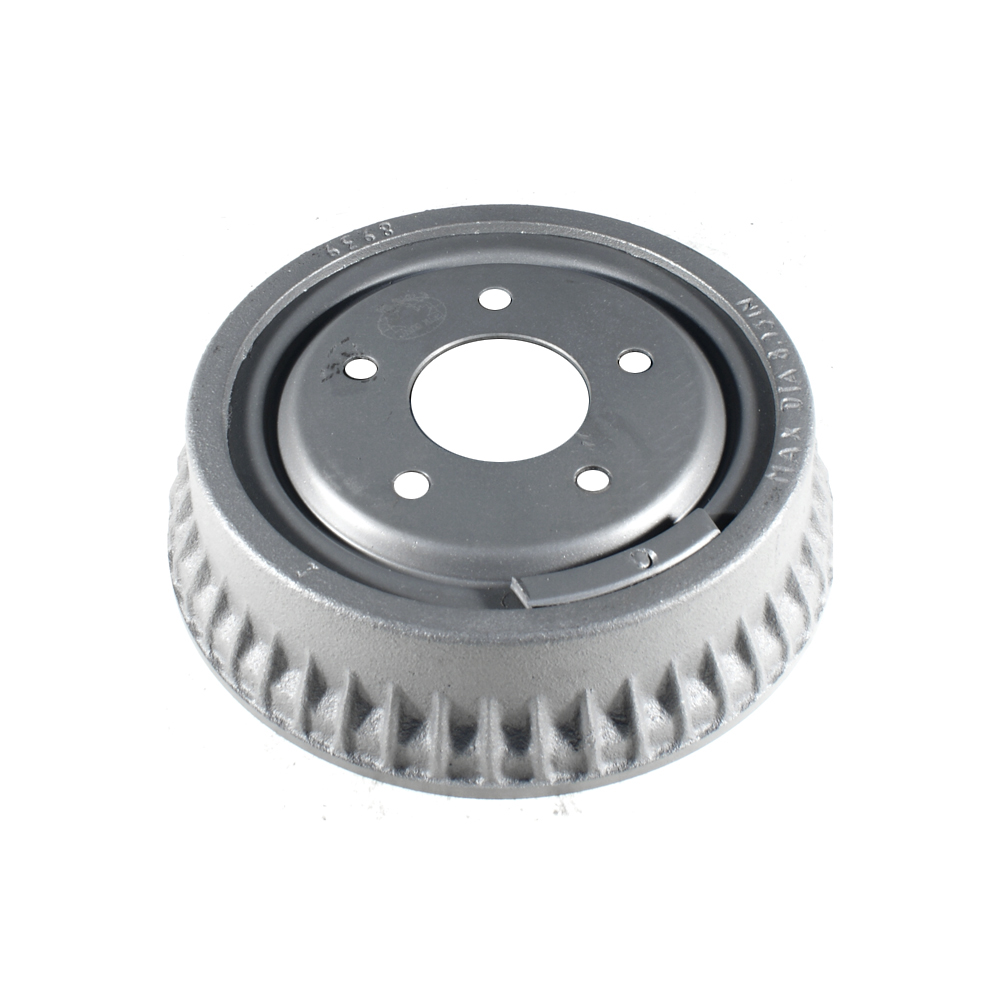
Part No: BD8939
Raybestos: 2051
OE: 18042283
Raybestos: 2051
OE: 18042283
$47.14 each
Per Car QTY: 2
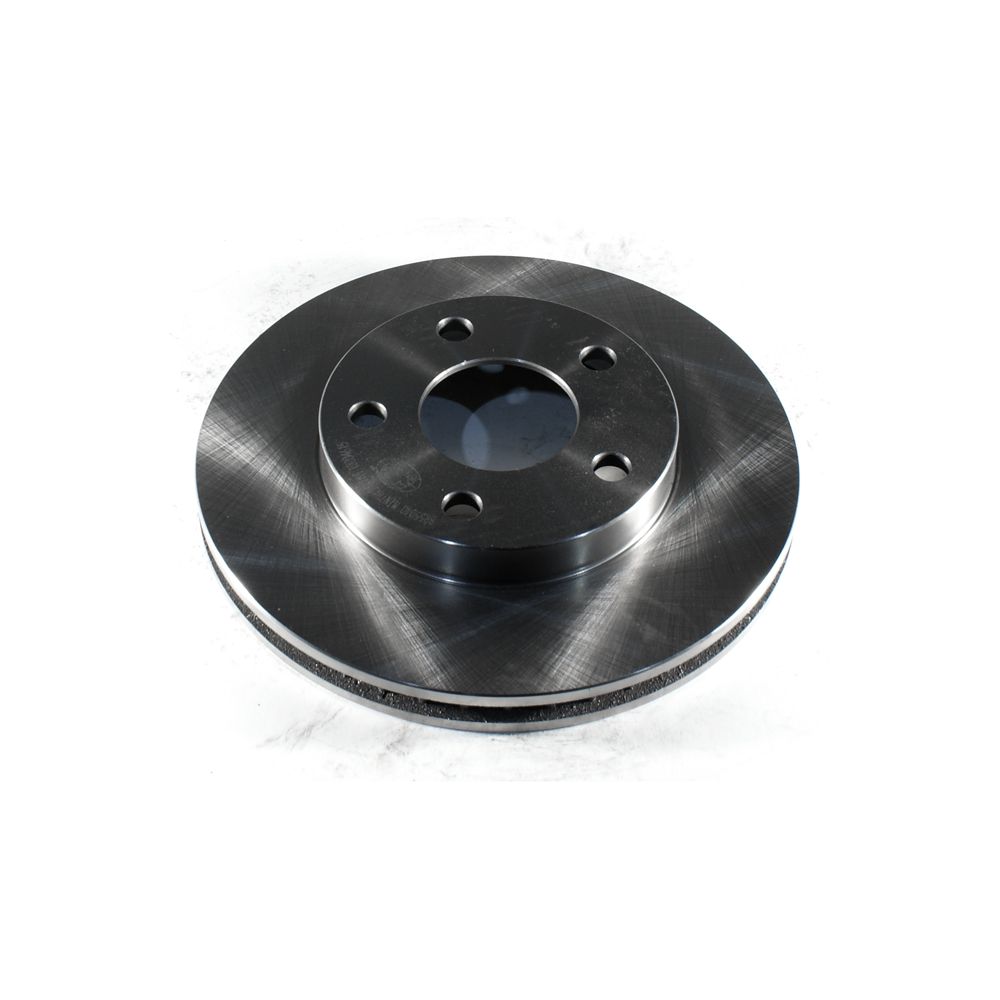
Part No: BR55040
Raybestos: 56655
OE: 18060442
Raybestos: 56655
OE: 18060442
$30.78 each
Per Car QTY: 2

Part No: PP55040
Raybestos: 56655
OE: 18060442
Raybestos: 56655
OE: 18060442
$41.38 each
Per Car QTY: 2
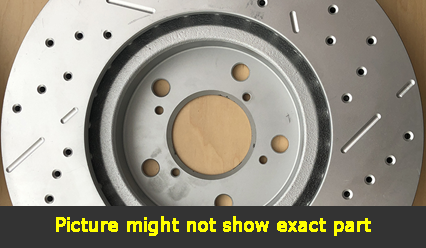
Part No: SP55040L
Raybestos: 56655
OE: 18060442
Raybestos: 56655
OE: 18060442
$73.78 each
Per Car QTY: 1
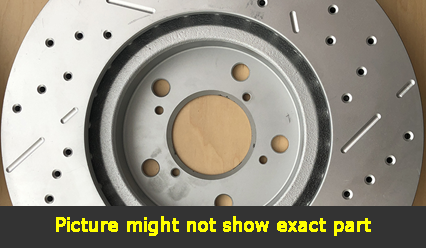
Part No: SP55040R
Raybestos: 56655
OE: 18060442
Raybestos: 56655
OE: 18060442
$73.78 each
Per Car QTY: 1
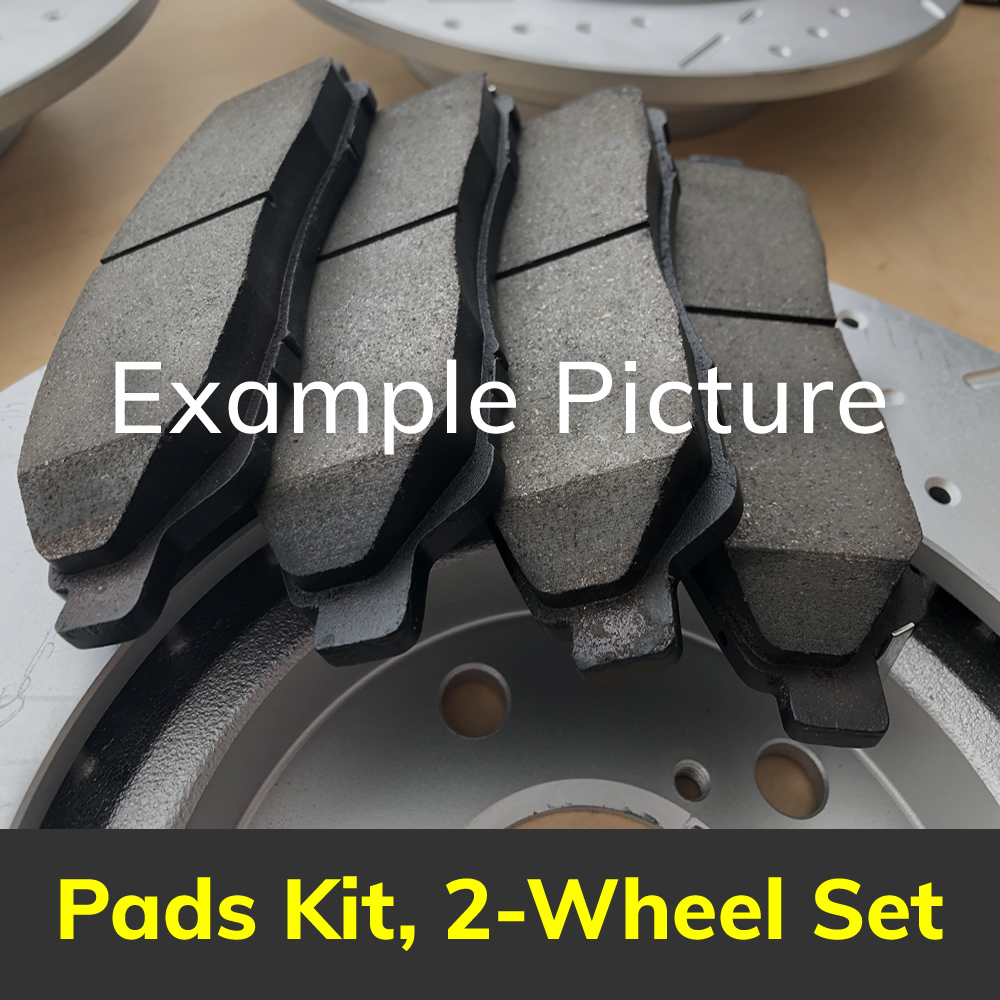
Part No: PD727C
Raybestos: 727
OE:
Raybestos: 727
OE:
$28.62 each
Per Car QTY: 1
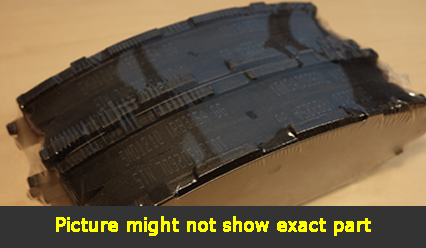
Part No: SMD727
Raybestos:
OE:
Raybestos:
OE:
$22.45 each
Per Car QTY: 1
How to Choose Brakes for a 2000 Chevrolet Malibu: A Complete Guide
When it comes to the safety and performance of your vehicle, the brakes play a vital role. Whether you are replacing worn-out brake components or looking to upgrade for better stopping power, choosing the right brakes for your 2000 Chevrolet Malibu is important. This article will guide you through the process and help you make an informed decision.
1. Understand Your Needs:
Before starting your search, consider your driving style and specific needs. Are you looking for regular replacement brakes or high-performance options? Do you drive in a hilly area or predominantly on highways? Identifying your needs will help you choose the most suitable brake components.
2. Brake Types:
There are three main types of brakes for vehicles, including the 2000 Chevrolet Malibu:
a. Organic Brake Pads: These pads are made from natural materials like rubber, glass, and carbon compounds. They are budget-friendly, produce minimal noise, and have a gentle braking feel. However, they may wear faster and generate more dust.
b. Semi-Metallic Brake Pads: These pads are a blend of organic materials and metal fibers. They offer better performance, durability, and heat dissipation compared to organic pads. However, they are typically noisier and may require more maintenance.
c. Ceramic Brake Pads: Ceramic pads are made from a mix of ceramic fibers, bonding agents, and filler materials. They provide exceptional performance, offer longer life, produce less noise and dust, and are suitable for various driving conditions. However, they are generally more expensive than other options.
3. Brake Rotors:
The brake rotors work alongside the brake pads to slow your vehicle and should be considered along with brake pads for a complete brake system upgrade. Key factors to consider when selecting brake rotors include:
a. Rotor Material: Most rotors are made of either cast iron or composite materials. Cast iron rotors are affordable, durable, and widely available. Composite (carbon fiber or ceramic) rotors provide better performance, reduce weight, and dissipate heat more effectively but are pricier.
b. Rotor Design: There are two main varieties of rotor designs: slotted and drilled. Slotted rotors have grooves that improve overall performance, especially in wet conditions, by allowing gas and heat to escape. Drilled rotors have holes that dissipate heat efficiently. However, drilled rotors are more prone to cracking.
4. Quality and Compatibility:
Ensure that any brake components you choose are of high quality and designed specifically for the 2000 Chevrolet Malibu. Look for reputable brands known for their excellent performance, durability, and safety standards. Consult your vehicle's manual or a professional mechanic to ensure compatibility with your vehicle's specifications.
5. Price Comparison:
Compare prices from different sources, including local auto parts stores and online retailers, to find the best deal. However, prioritize quality and performance over cost, as investing in reliable brakes is crucial for your safety and the longevity of your vehicle.
6. Seek Professional Advice:
If you are unsure about the brake components to choose or need assistance with installation, consult a trusted mechanic or a knowledgeable professional who can guide you through the process and provide expert advice.
By following these steps and doing thorough research, you can select the right brakes for your 2000 Chevrolet Malibu, helping to ensure safer and more efficient driving experiences. Remember, reliable brakes are essential not only for your own safety but also for the safety of your passengers and fellow road users.
When it comes to the safety and performance of your vehicle, the brakes play a vital role. Whether you are replacing worn-out brake components or looking to upgrade for better stopping power, choosing the right brakes for your 2000 Chevrolet Malibu is important. This article will guide you through the process and help you make an informed decision.
1. Understand Your Needs:
Before starting your search, consider your driving style and specific needs. Are you looking for regular replacement brakes or high-performance options? Do you drive in a hilly area or predominantly on highways? Identifying your needs will help you choose the most suitable brake components.
2. Brake Types:
There are three main types of brakes for vehicles, including the 2000 Chevrolet Malibu:
a. Organic Brake Pads: These pads are made from natural materials like rubber, glass, and carbon compounds. They are budget-friendly, produce minimal noise, and have a gentle braking feel. However, they may wear faster and generate more dust.
b. Semi-Metallic Brake Pads: These pads are a blend of organic materials and metal fibers. They offer better performance, durability, and heat dissipation compared to organic pads. However, they are typically noisier and may require more maintenance.
c. Ceramic Brake Pads: Ceramic pads are made from a mix of ceramic fibers, bonding agents, and filler materials. They provide exceptional performance, offer longer life, produce less noise and dust, and are suitable for various driving conditions. However, they are generally more expensive than other options.
3. Brake Rotors:
The brake rotors work alongside the brake pads to slow your vehicle and should be considered along with brake pads for a complete brake system upgrade. Key factors to consider when selecting brake rotors include:
a. Rotor Material: Most rotors are made of either cast iron or composite materials. Cast iron rotors are affordable, durable, and widely available. Composite (carbon fiber or ceramic) rotors provide better performance, reduce weight, and dissipate heat more effectively but are pricier.
b. Rotor Design: There are two main varieties of rotor designs: slotted and drilled. Slotted rotors have grooves that improve overall performance, especially in wet conditions, by allowing gas and heat to escape. Drilled rotors have holes that dissipate heat efficiently. However, drilled rotors are more prone to cracking.
4. Quality and Compatibility:
Ensure that any brake components you choose are of high quality and designed specifically for the 2000 Chevrolet Malibu. Look for reputable brands known for their excellent performance, durability, and safety standards. Consult your vehicle's manual or a professional mechanic to ensure compatibility with your vehicle's specifications.
5. Price Comparison:
Compare prices from different sources, including local auto parts stores and online retailers, to find the best deal. However, prioritize quality and performance over cost, as investing in reliable brakes is crucial for your safety and the longevity of your vehicle.
6. Seek Professional Advice:
If you are unsure about the brake components to choose or need assistance with installation, consult a trusted mechanic or a knowledgeable professional who can guide you through the process and provide expert advice.
By following these steps and doing thorough research, you can select the right brakes for your 2000 Chevrolet Malibu, helping to ensure safer and more efficient driving experiences. Remember, reliable brakes are essential not only for your own safety but also for the safety of your passengers and fellow road users.


